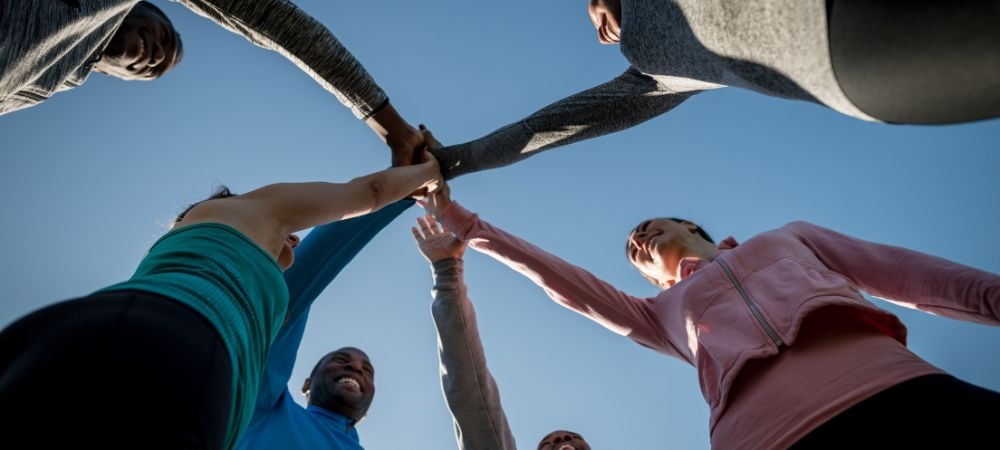

Team sports are a fantastic way to stay fit, foster camaraderie, and develop teamwork skills. However, with all the hustle and bustle on the field or court, injuries do happen. Get access to more details click on it. Understanding common injuries in team sports and knowing prevention strategies can make a significant difference in staying healthy and active.
First off, sprains are quite prevalent in team sports. Whether it's basketball, soccer, or football, twisting an ankle or knee is not uncommon. The sudden changes in direction and high-speed movements put a lot of strain on ligaments. Oh boy, those can be painful! Another frequent injury is muscle strains - think hamstrings for runners or groin pulls for soccer players. These occur when muscles are stretched beyond their limits.
Concussions also deserve mention as they're serious business in contact sports like football and rugby. A hard hit to the head can lead to symptoms like headaches, dizziness, and even memory loss. Yikes! Concussions aren't something you should take lightly.
Injuries don't stop there though; fractures too make the list. Broken bones from falls or collisions can sideline athletes for weeks or even months. And let's not forget about overuse injuries such as tendinitis - repetitive motions without adequate rest can lead to this nagging issue.
So what's one got to do to stay safe? Prevention is key! First things first: proper warm-up routines can't be overlooked. Stretching before games increases flexibility and blood flow to muscles which reduces injury risk.
Wearing appropriate gear is another must-do strategy – helmets for footballers or shin guards for soccer players aren't just accessories; they're lifesavers! And hey coaches? They play huge roles too by enforcing rules that minimize dangerous plays.
Moreover hydration shouldn't be underestimated either because dehydration affects performance and makes athletes more susceptible to cramps and heat-related illnesses (oh no!). Regular breaks during practice sessions help keep everyone hydrated adequately.
Lastly but definitely important: listenin' (yes listening) one's own body signals matters immensely! Ignoring pain hoping it'll go away often leads only worsening conditions requiring longer recovery periods than initially needed if addressed promptly!
In conclusion while playing any sport involves inherent risks being proactive helps mitigate potential harm significantly ensuring enjoyable yet safer sporting experiences overall!!
Oh boy, when it comes to team sports, player safety ain't something you can just overlook. Coaches and trainers have a huge role in ensuring that everyone's not only playing well but staying safe too. I mean, it's not like they can just sit back and relax while the players are out there giving their all.
First off, coaches need to know what's going on with each player. They can't ignore signs of fatigue or injury; doing so could lead to serious consequences. They're responsible for creating training schedules that balance intensity and rest. Without proper rest, players won't perform at their best and could get hurt-nobody wants that!
Trainers play an equally crucial part here. They gotta be sharp-eyed, catching minor issues before they become major problems. If a player says they're feeling "off," the trainer should take it seriously rather than brushing it off as nothing. It's better to be safe than sorry.
Now don't get me wrong, both coaches and trainers also have to stay updated with the latest health protocols and guidelines. Ignoring this stuff? Not an option! For instance, how about concussion protocols? Making sure everyone knows what to do if someone takes a hard hit is essential.
But hey, let's not forget the emotional side of things either. Players often look up to their coaches for guidance beyond tactics and strategies-they're mentors too! Encouraging open communication helps create an environment where players feel comfortable reporting issues without fear of being sidelined or judged.
And oh my gosh, equipment checks! Proper gear is non-negotiable for avoiding injuries during both practice sessions and actual games. Imagine playing without adequate protective equipment-sounds like a recipe for disaster!
In short (or maybe not-so-short), coaches and trainers aren't just there to make players run drills or tape up ankles; they're pivotal in keeping everyone safe on the field or court. By paying attention to physical well-being, emotional health, and ensuring proper equipment use-they help maintain a safer playing environment for everyone involved.
So yeah, hats off to all those dedicated folks working behind the scenes-you rock!
The Olympic Gamings, revived in 1896, are one of the world's earliest showing off occasions, initially held in ancient Greece from 776 BC.
Cricket is believed to have actually stemmed as early as the 13th century in the southeast of England and developed into the nationwide sport by the 18th century.
The Super Bowl, the championship game of the NFL, is known for its extravagant halftime programs and high-profile commercials, ending up being a considerable event in American culture beyond sporting activities.
The greatest ever before recorded speed for a tennis serve is 263.4 km/h (163.7 mph) by Australian player Sam Groth in 2012.
The Role of Coaches and Leaders in Fostering a Collaborative Environment
In team sports, the importance of teamwork and communication can't be overstated.. Without these elements, even the most talented athletes would struggle to find success.
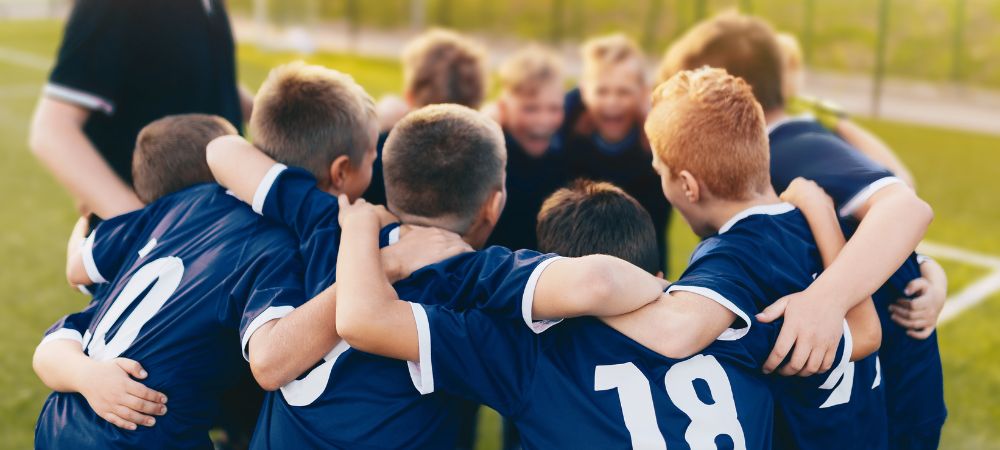
Posted by on 2024-07-08
Coaching styles can dramatically influence team performance, and there's no shortage of case studies that highlight successful implementations.. By looking at different approaches, we get a clearer picture of what works and what doesn’t.
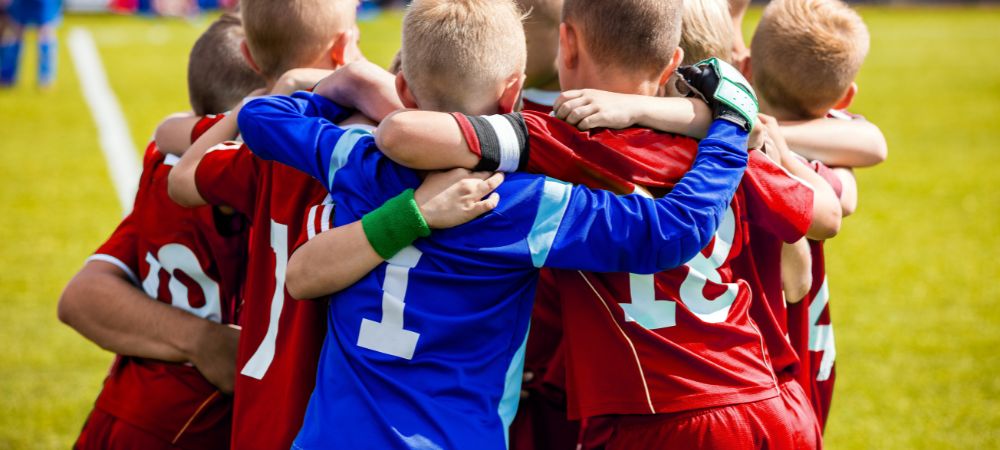
Posted by on 2024-07-08
Sure, here's a short essay on the topic:
---
Strategies for Incorporating Team Sports into Daily Life
Participating in team sports ain't just about having fun or working up a sweat.. There's so much more to it!
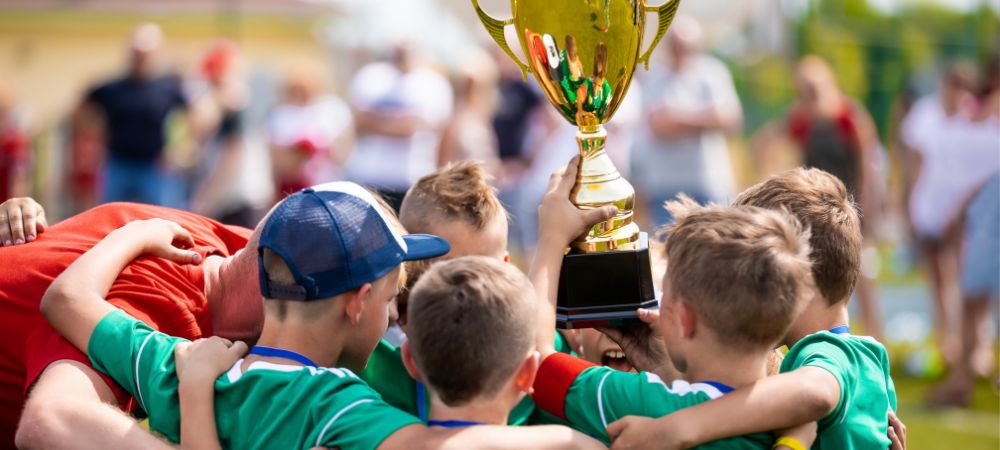
Posted by on 2024-07-08
When it comes to team sports, the importance of proper equipment and gear can't be overstated. I mean, let's face it, you wouldn't go into a battle without armor, right? The same principle applies here. Proper equipment isn't just about looking cool or flashy-it's actually critical for health and safety.
First off, let's talk about injuries. Without the right gear, players are way more susceptible to getting hurt. Imagine playing football without a helmet! Yikes! A solid whack to the head could result in concussions or even something worse. Not having shin guards in soccer? Well, say goodbye to your shins after a few kicks from an opponent. So yeah, proper equipment is kinda essential if you want to keep all your body parts intact.
But it's not just about avoiding injuries; it's also about performance. Wearing ill-fitting or inappropriate gear can seriously mess with how well you play. For example, shoes that don't fit properly can lead to blisters-not fun at all-and they can affect your running speed and agility too. And who wants that?
Oh, and don't forget hygiene! Using shared or improperly cleaned equipment is like inviting germs over for a party on your skin. Ever heard of athlete's foot? It's as gross as it sounds and totally avoidable with clean socks and shoes. So yeah, there's that too.
You might think some of this stuff is obvious-like duh-but you'd be surprised how often people overlook it. They'll say things like "I don't need knee pads" until they fall and bang up their knees real bad. Or "I'll save money by using this old helmet," but end up paying way more in medical bills later on.
Moreover, coaches have got a big role here too! Ensuring every player has what they need isn't optional; it's mandatory if you're serious about keeping everyone safe and sound on the field or court.
In conclusion-I know you've heard this before but still-it's crucial not to skimp on proper equipment when playing team sports. The risks just aren't worth it! From preventing injuries to enhancing performance and maintaining hygiene, the right gear makes all the difference between having fun and ending up in the ER (or worse).
So please folks, let's make sure we're geared up properly before hitting the field next time!
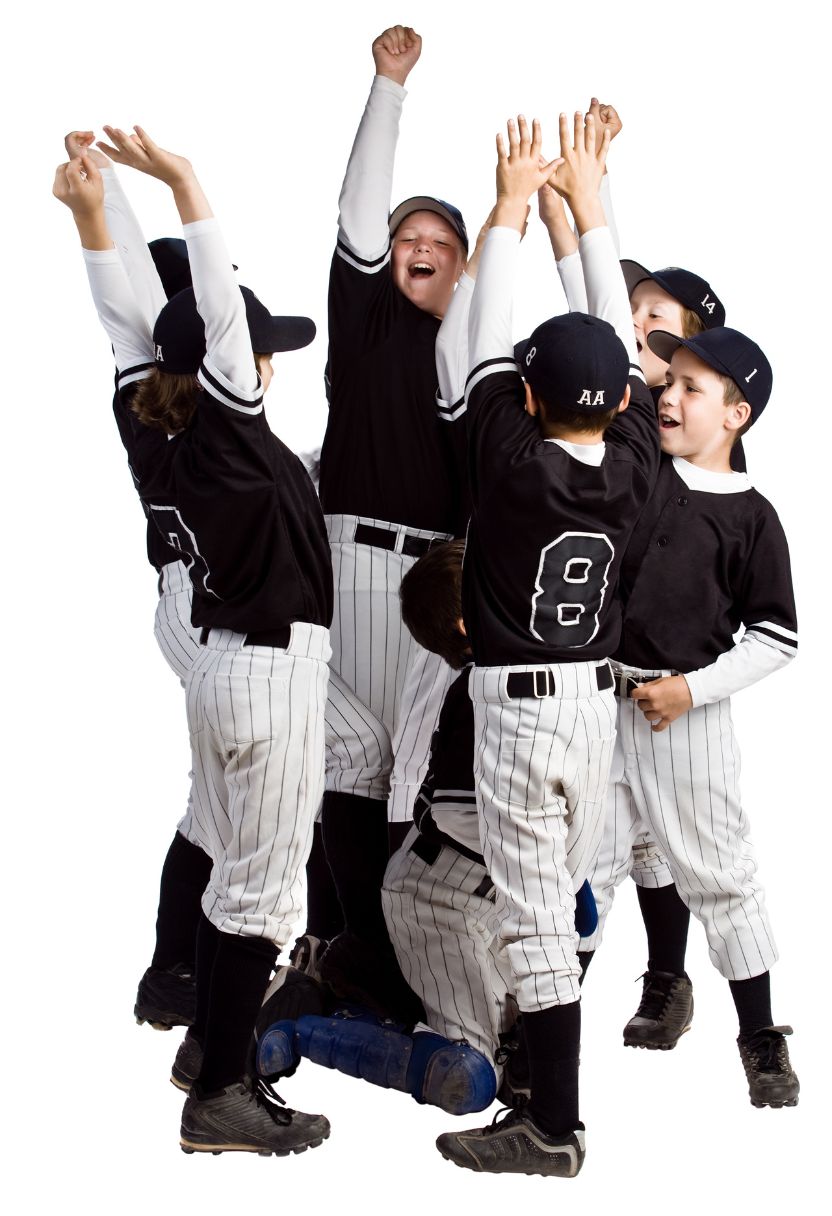
Mental health considerations for athletes in team sports is a topic that's often overlooked, but it's critically important. It's not just about physical prowess; the mind plays an absolutely essential role in performance. You can't expect an athlete to perform at their best if they're struggling with mental health issues. Oh, and let's not forget the unique pressures that come with being part of a team.
First off, there's this idea that athletes are supposed to be tough – both physically and mentally. They're often seen as almost invincible. But, hey, they're human too! They deal with stress, anxiety, and depression just like everyone else. And sometimes even more so because of the high expectations placed upon them by coaches, teammates, fans... you name it.
In team sports especially, there's also the added pressure of not wanting to let your teammates down. This can lead to feelings of isolation if someone's dealing with mental health problems but doesn't feel they can talk about it openly. It's like there's this unwritten rule that says you gotta keep quiet about anything that might seem like a weakness.
Then there's the issue of identity. Many athletes tie their self-worth directly to their performance on the field or court. When things aren't going well – maybe they're in a slump or injured – it can have a huge impact on their mental state. Their whole sense of self can take a hit because they're so closely linked to how well they play.
Moreover, injuries themselves can be a significant source of psychological distress. Being sidelined due to injury isn't just physically painful; it's emotionally taxing as well. The fear of missing out (FOMO), uncertainty about recovery time, and concerns over future performance all contribute to stress and anxiety.
It ain't just up to the individual athlete either; coaches and management have roles here too! Creating an environment where mental health is prioritized isn't optional anymore – it's necessary! Coaches should encourage open conversations about mental well-being and provide resources for those who need help.
And oh boy, let's talk about social media for a sec! Athletes today face scrutiny from every direction thanks to platforms like Twitter and Instagram. One bad game and suddenly everyone's got something negative to say online - it's brutal!
But don't think there aren't any positives here either! Focusing on mental health can actually improve overall team cohesion and performance too! When athletes feel supported mentally as well as physically, they're more likely to excel both individually and collectively.
So yeah, while physical conditioning is vital in team sports-mental health considerations shouldn't be ignored either! Addressing these issues head-on creates healthier athletes who are better equipped for success both on-and-off-the-field.
When it comes to health and safety in team sports, emergency protocols and response plans for injuries are crucial. They aren't just a set of rules on paper but a lifeline for athletes who push their bodies to the limit. Without these plans, chaos can easily ensue when an injury happens, leading to worse outcomes that could have been prevented. Oh boy, nobody wants that!
First off, let's talk about why these protocols exist in the first place. Injuries in sports are not uncommon; sprains, fractures, concussions – you name it. The key is not just reacting quickly but knowing exactly what steps to take. It's kinda like having a fire extinguisher; you hope you never need it but boy are you glad it's there if things go south.
Now, coaches and staff play a huge role here. They're usually the first responders before any medical professionals arrive on scene. If they don't know what they're doing, well that's just asking for trouble! So training them properly is super important. This involves drills and simulations which might seem tedious but can literally save lives or at least prevent further damage.
Also, let's not forget about communication! A good response plan isn't complete without clear communication channels between players, coaches, medical staff and even parents sometimes. You don't want everyone running around like headless chickens now do ya? Clear roles and responsibilities make all the difference during those critical first few moments after an injury.
And then there's equipment – oh dear me – always have your gear ready! From first aid kits to splints and defibrillators (yes those too), having the right tools on hand can't be overstated enough.
But hey, having all these protocols doesn't mean accidents won't happen; it's more about minimizing risks and being prepared when they do occur. It's also essential that teams review and update their plans regularly because new insights or technologies could offer better ways to handle emergencies.
In conclusion (yeah I know you're expecting this part), emergency protocols and response plans are non-negotiable for ensuring health and safety in team sports. They're not perfect by any means but they're far better than scrambling without a clue when things go wrong!
Nutritional Guidelines to Support Athlete Health and Performance
When it comes to team sports, there's no denying that good nutrition plays a huge role in an athlete's overall health and performance. You can't expect players to perform at their best if they're not fueling their bodies with the right stuff. It's like trying to drive a car without gas – it's just not gonna happen! So, what are some key nutritional guidelines that athletes should follow?
First off, let's talk about carbs. Carbohydrates are essential for providing energy during those intense training sessions and games. Without enough carbs, athletes might find themselves feeling sluggish and unable to keep up with the demands of their sport. But hey, don't go overboard either; balance is key.
Proteins are another crucial component in an athlete's diet. They help repair and build muscle tissues which get damaged during workouts. Not getting enough protein can lead to longer recovery times and even injuries – yikes! So yeah, make sure you're getting your proteins but remember moderation is important here too.
Fats often get a bad rap, but they shouldn't be completely avoided by athletes. Healthy fats provide long-lasting energy and support cell function. However, it's important not to consume too much saturated fat as it ain't great for heart health.
Hydration is something you simply can't ignore (or shouldn't). Dehydration can severely impact performance and lead to serious health issues like heatstroke or cramps. Athletes need to drink plenty of water throughout the day-not just when they're thirsty because by then it might be too late!
Vitamins and minerals also play a critical role in keeping an athlete's body functioning optimally. For instance, calcium strengthens bones while iron ensures proper oxygen transport through blood. A lack of these nutrients could spell trouble on the field or court.
Eating at regular intervals is another guideline that's often overlooked but really matters! Skipping meals or eating irregularly can lead to energy crashes that nobody wants during practice or game time.
It's worth mentioning that each athlete has unique nutritional needs depending on factors such as age, gender, sport type, intensity level etc., so one-size-fits-all approach doesn't work well here.
In conclusion (without being repetitive), proper nutrition isn't just nice-to-have for athletes-it's absolutely necessary if they want peak performance and good health both short-term & long-term! From carbs & proteins down through vitamins & hydration - every aspect counts toward making them stronger competitors who're less prone towards injuries...and more likely winning games!